The board is very popular among students and hobbyists due to its flexibility, ability to connect different robotic parts including sensors, actuators, etc., and a great platform to learn about robots and how they work. The board can be used in various projects from semi-autonomous to autonomous robotics applications.
UNO Features
Arduino Uno is a microcontroller board based on the ATmega328P (datasheet). It has 14 digital input/output pins (of which 6 can be used as PWM outputs), 6 analog inputs, a 16 MHz ceramic resonator (CSTCE16M0V53-R0), a USB connection, a power jack, an ICSP header and a reset button. It contains everything needed to support the microcontroller; simply connect it to a computer with a USB cable or power it with a AC-to-DC adapter or battery to get started.. You can tinker with your Uno without worrying too much about doing something wrong, worst case scenario you can replace the chip for a few dollars and start over again.
UNO Specifications
MICROCONTROLLER ATmega328P
OPERATING VOLTAGE 5V
INPUT VOLTAGE (RECOMMENDED) 7-12V
INPUT VOLTAGE (LIMIT) 6-20V
DIGITAL I/O PINS 14 (of which 6 provide PWM output)
PWM DIGITAL I/O PINS 6
ANALOG INPUT PINS 6
DC CURRENT PER I/O PIN 20 mA
DC CURRENT FOR 3.3V PIN 50 mA
FLASH MEMORY 32 KB (ATmega328P) of which 0.5 KB used by bootloader
SRAM 2 KB (ATmega328P)
EEPROM 1 KB (ATmega328P)
CLOCK SPEED 16 MHz
LED_BUILTIN 13
LENGTH 68.6 mm
WIDTH 53.4 mm
WEIGHT 25 g
,


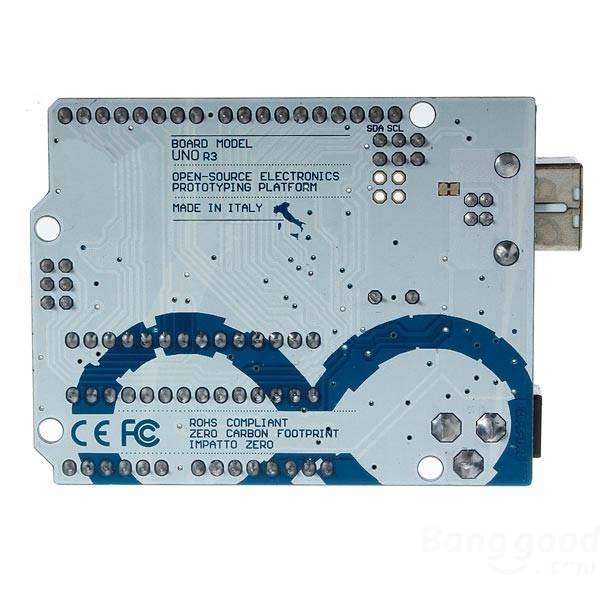

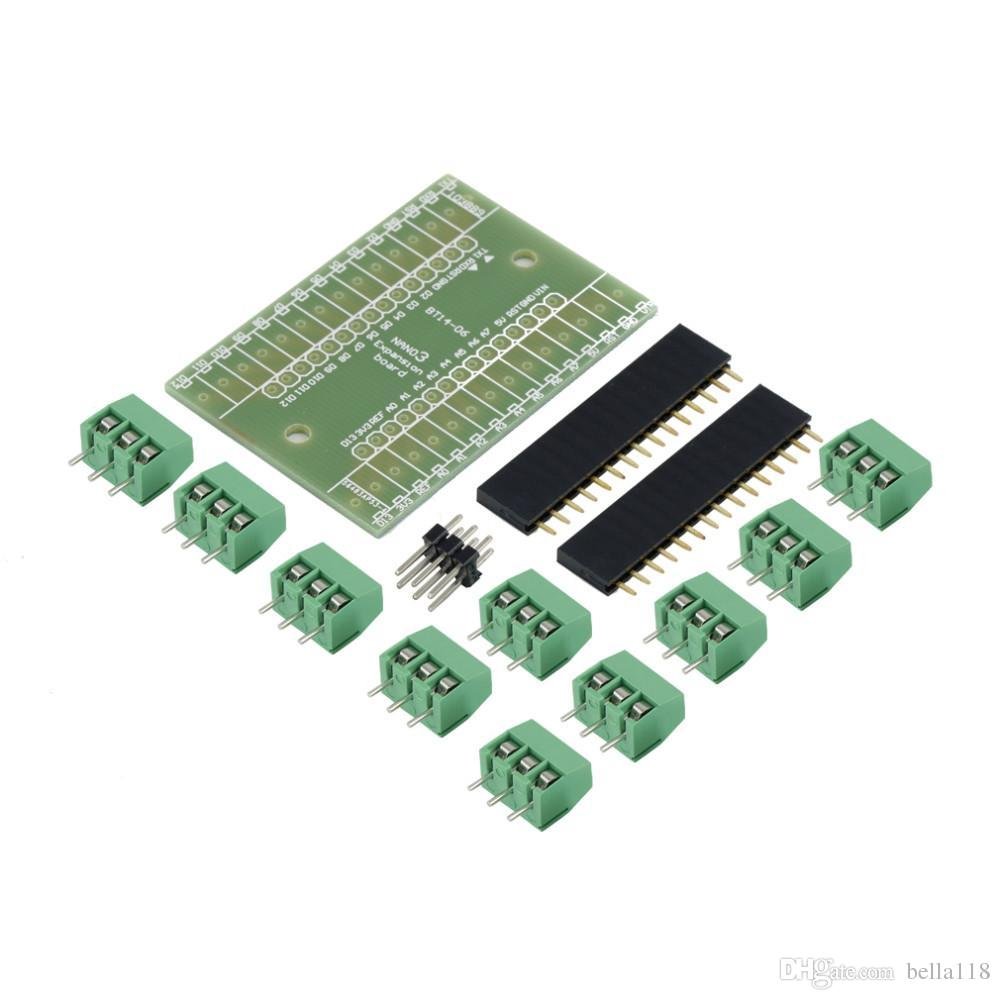
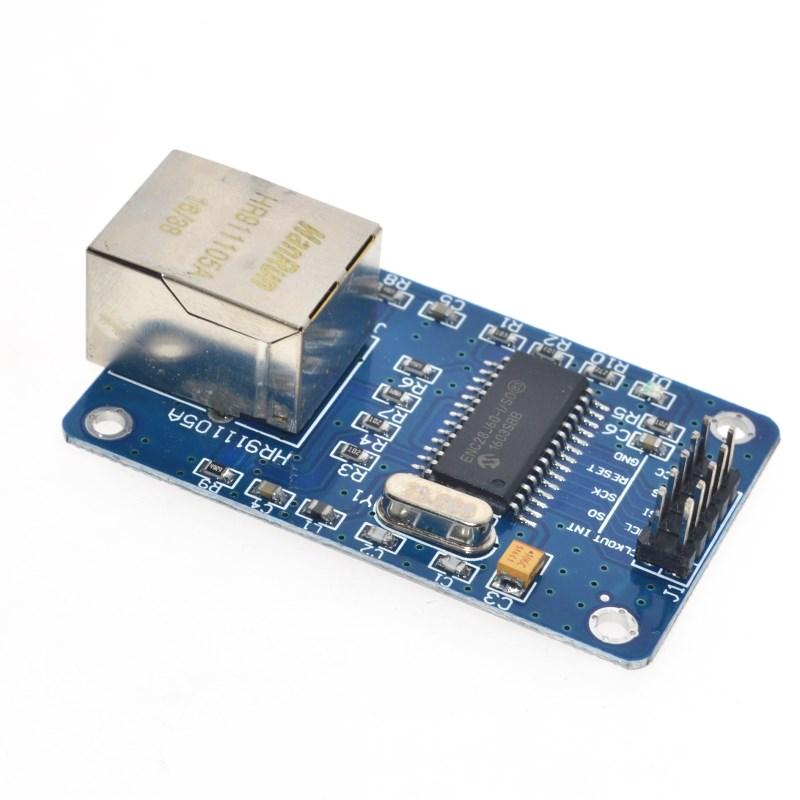




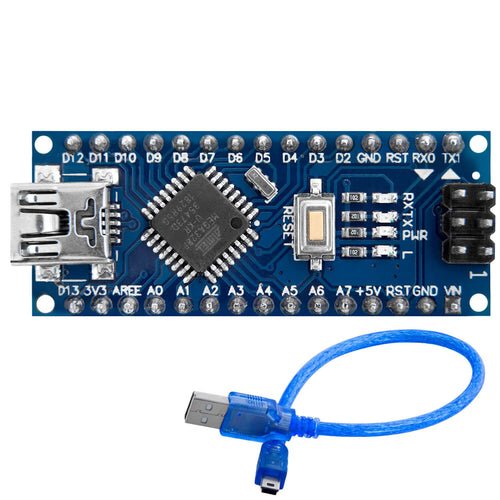


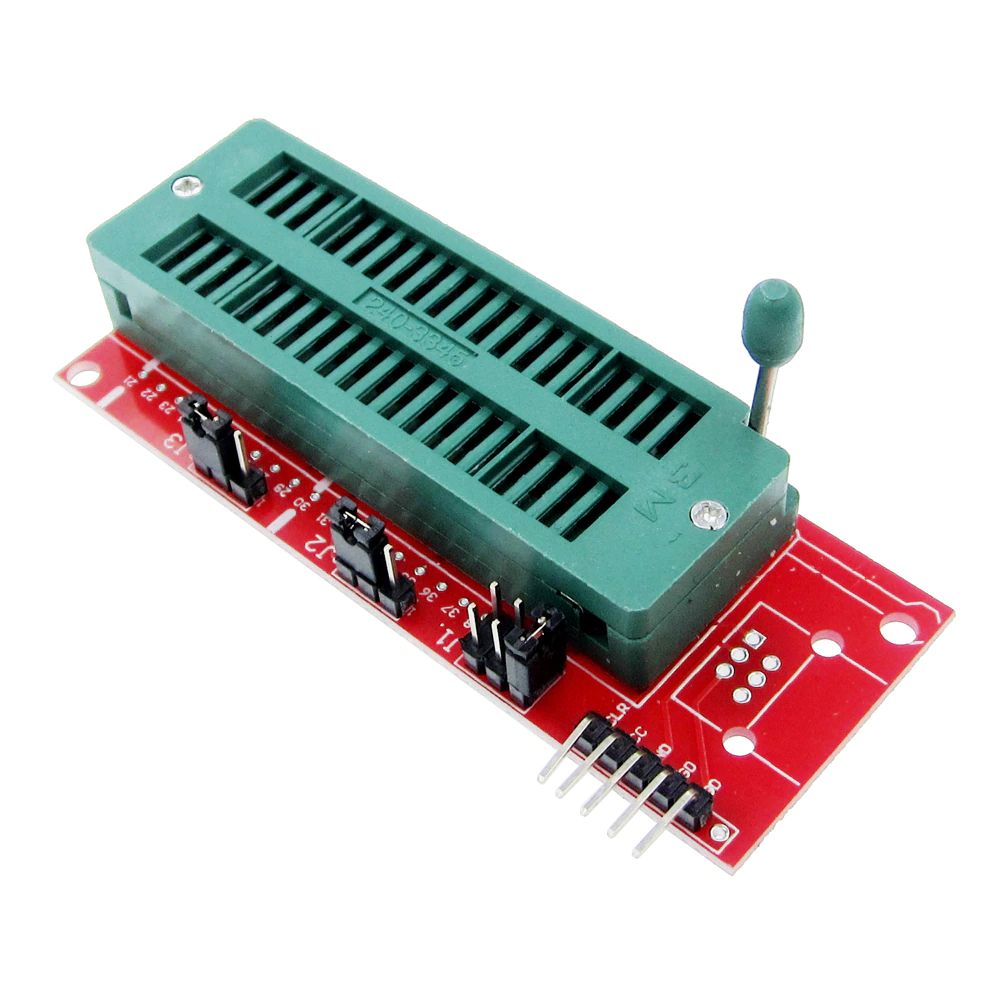
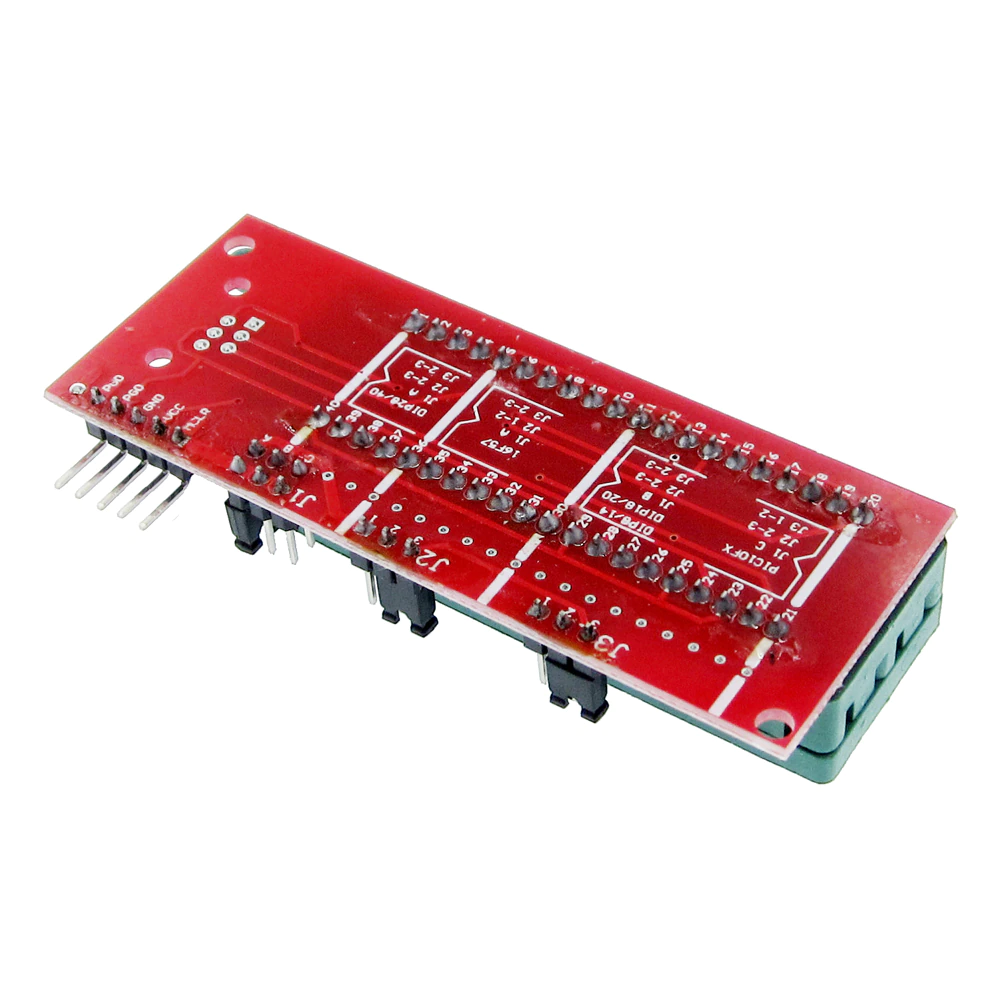
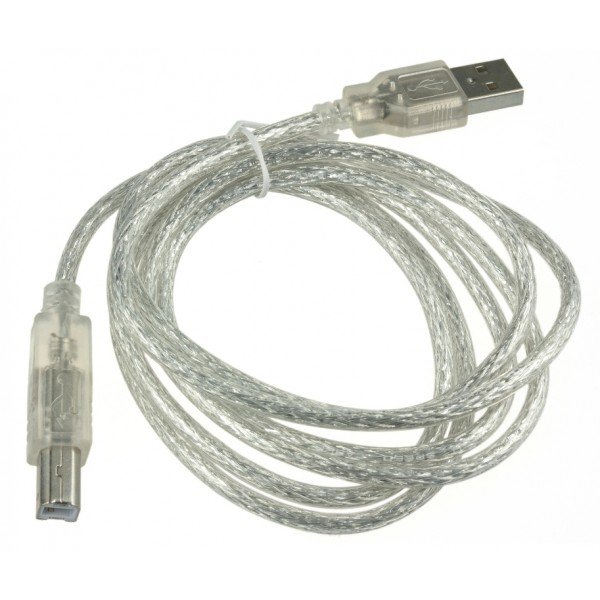
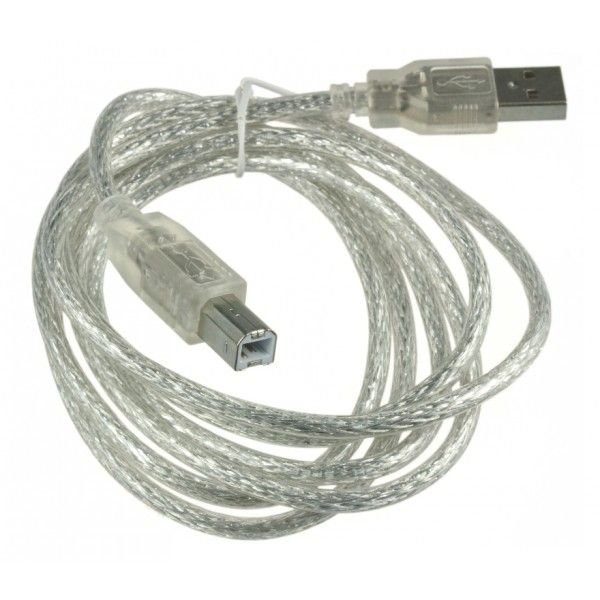
Reviews
There are no reviews yet.